Fishing and hunting regulations becoming increasingly more complex
The recent updated bait fish proposed regulations released by the DEC reminded me of just how complex our fishing – and in some cases hunting – regulations and laws have become in recent years.
The bait fish regulations were established shortly after Viral Hemorrhagic Septicemia (VHS) was first confirmed in New York waters in May, 2006 in Lake Ontario and the St. Lawrence River. VHS is a disease that causes hemorrhaging of the fish’s tissues, including internal organs. There is no known cure for VHS.
The three transportation corridors listed by the DEC include: along Lake Erie-Upper Niagara River; the Lower Niagara River-Lake Ontario-St. Lawrence River; and, the Hudson River from the Federal Dam at Troy downstream to the Tappan Zee Bridge. The designated waterbodies also include their tributaries upstream to the first impassable barrier to fish. Only certified disease-free baitfish may be transported in motorized vehicles outside of the transportation corridors specified in the proposed regulations. Details of the transportation corridors are contained in the proposed regulations and may be viewed on DEC’s website at http://www.dec.ny.gov/outdoor/73305.html.

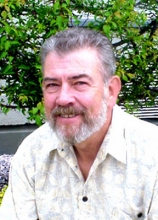

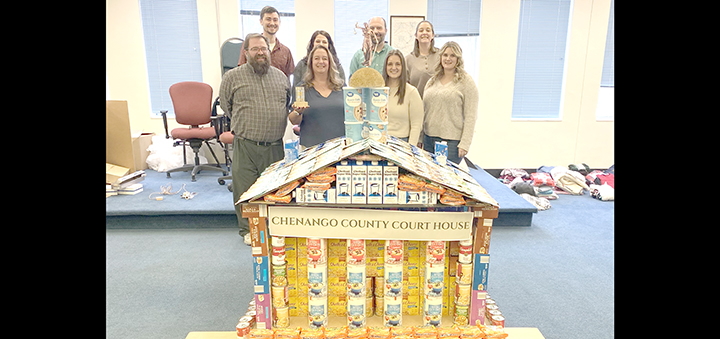
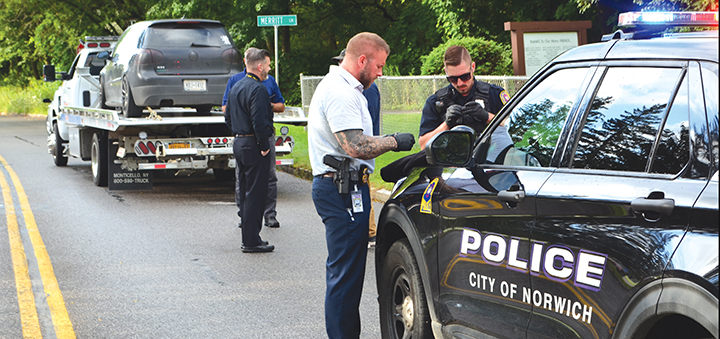
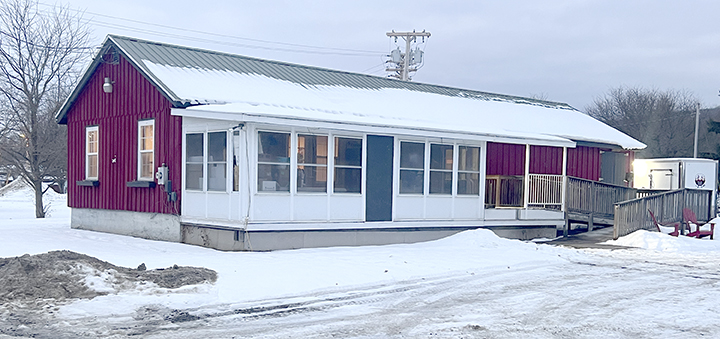
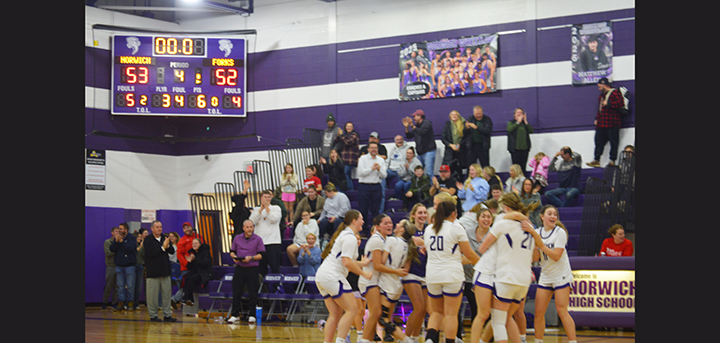
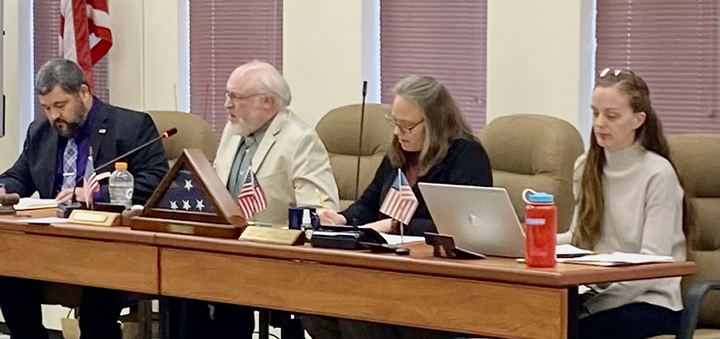
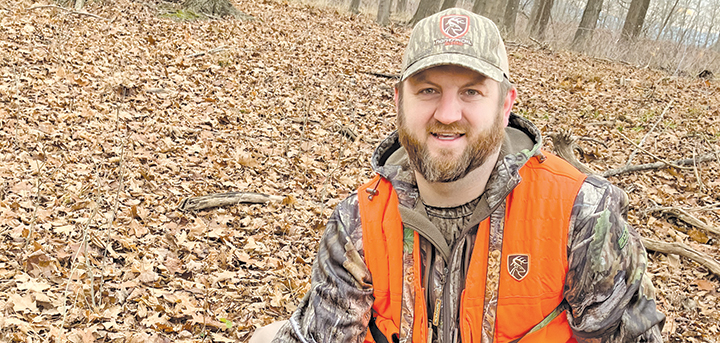


Comments